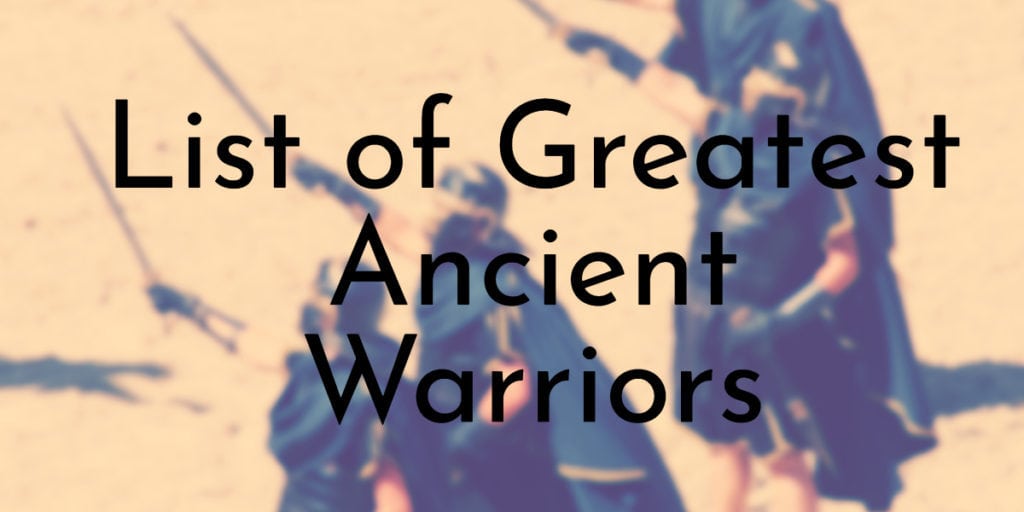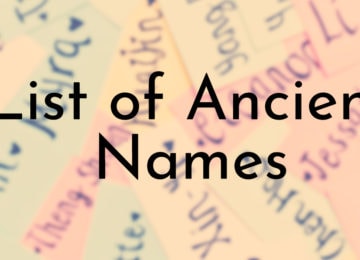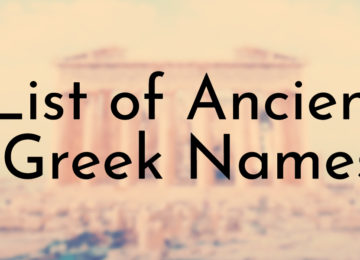History is full of incredible ancient warriors from all corners of the planet. Although warrior culture differed in minor ways depending on location, these greatest ancient warriors had a few things in common. They were brave, intelligent, charismatic, and above all, lethal.
These fourteen greatest ancient warriors decimated their enemies, fought off invaders, and helped build empires.
1) Alaric the Barbarian
Period: 395 to 410 CE
Country/Culture: Visigoths
Why he is on the list: Lethal and strategic leader responsible for the sacking of Rome
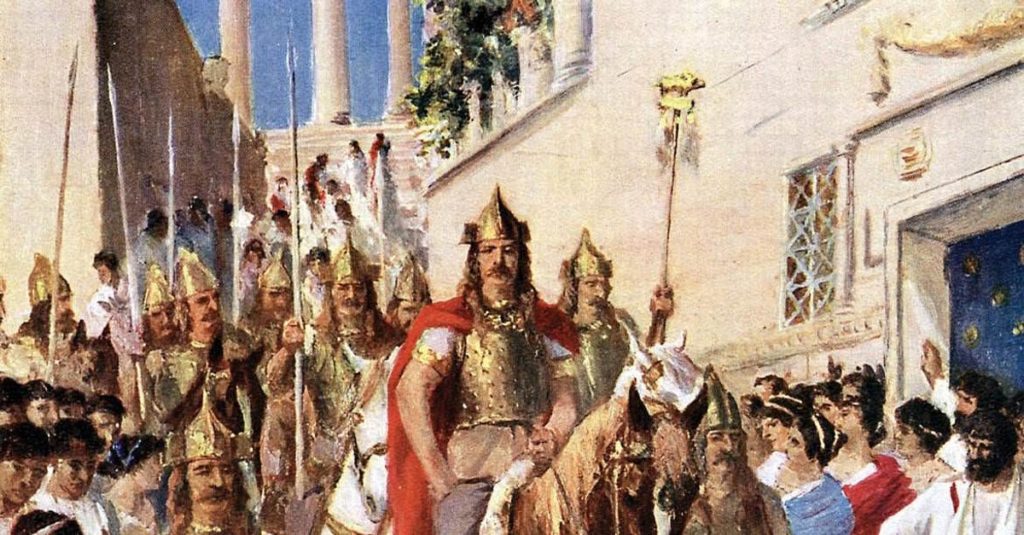
Alaric the Barbarian trained in the Roman army and later commanded Gothic troops, who fought with the Romans under the command of emperor Theodosius. Although Alaric the Barbarian initially fought with the Romans, he later fought against them when the empire divided.
Alaric the Barbarian ruled the Visigoths from 395 to 410 CE, and despite being labeled as a “barbarian,” he was actually Christian. As the first king of the Visigoths, Alaric the Barbarian was a lethal and strategic leader who was eventually credited with sacking Rome.
After his success in Rome, Alaric the Barbarian continued through the Roman empire into parts of Africa. Although Roman troops couldn’t foil the Visigoth king’s plans, Mother Nature was another story. After his ships were destroyed in a storm, Alaric the Barbarian had to admit defeat.
2) Olympias
Period: c. 357 to 316 BCE
Country/Culture: Macedon
Why he is on the list: Ruthless assassin of her enemies and mother of Alexander the Great
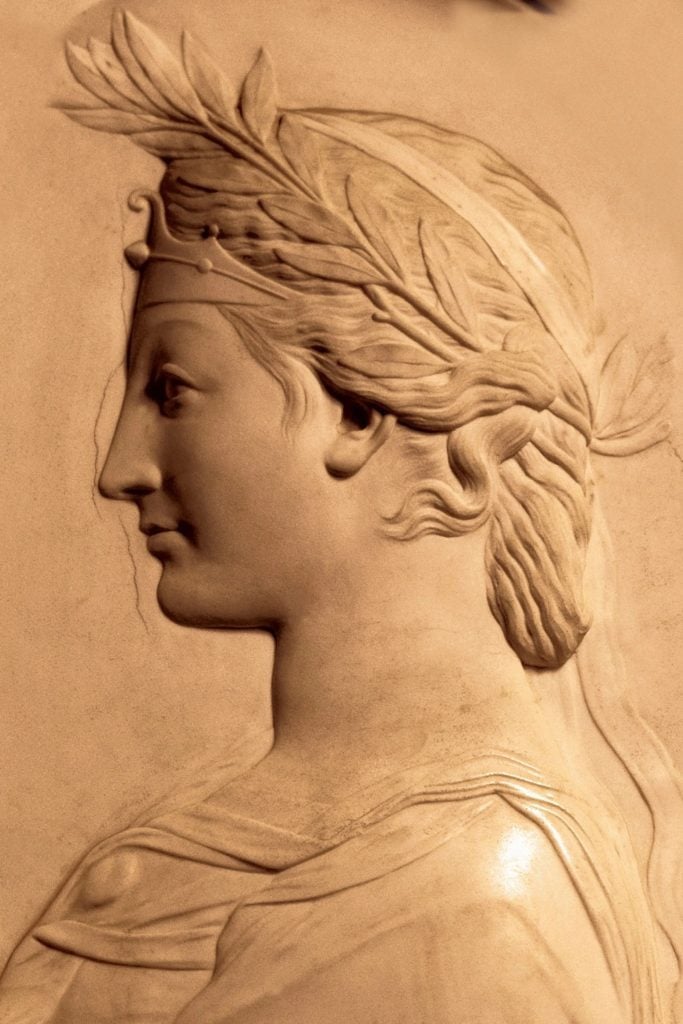
Although Alexander the Great gets a lot of credit for being one of the toughest people in the ancient world, his mother Olympias was no joke when it came to dispatching of her enemies. As a tribal princess in what’s now Greece and Albania, Olympias claimed that her family had a noble heritage. According to legend, they descended from Achilles.
Olympias orchestrated assassinations of her enemies, most famously Cleopatra – the Macedonian leader, not the Egyptian Pharaoh. Unfortunately, she also didn’t shy away from murdering children, slaughtering Cleopatra’s infant child as well. After some epic territory disputes with other Macedonian leaders, Olympias was eventually defeated and killed in 316 BCE.
3) Khutulun
Period: 1260 to 1306 CE
Country/Culture: Mongol Empire
Why he is on the list: Formidable wrestler and expert horse rider who embarked on numerous military campaigns
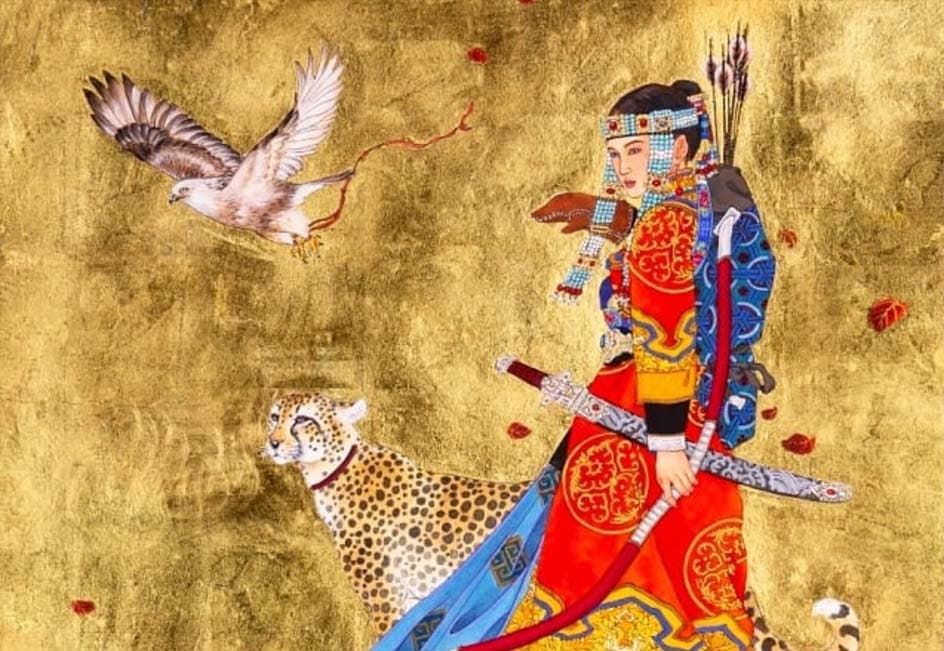
Khutulun was a Mongolian princess whose family ties to savagery ran deep. Her cousin, Kublai Khan, was feared throughout the ancient world. From a young age, Khutulun accompanied her father on military missions, and she quickly learned how to make herself valuable and lethal on the battlefield.
During the 1200s, Khutulun conducted massive military campaigns all across Mongolia, using her expert horse skills as a way to scoop up captives and ride off with them. Once in her custody, these captives didn’t stand much of a chance as her father let her dispatch them in unpleasant ways.
Although Khutulun’s father wanted her to succeed him, the family patriarchs denied his deathbed wishes and instead put a likely less qualified man in the position.
4) William Wallace
Period: 1297 to 1305 CE
Country/Culture: Kingdom of Scotland
Why he is on the list: Inspirational leader whose role in the First Scottish War of Independence turned him into a national hero
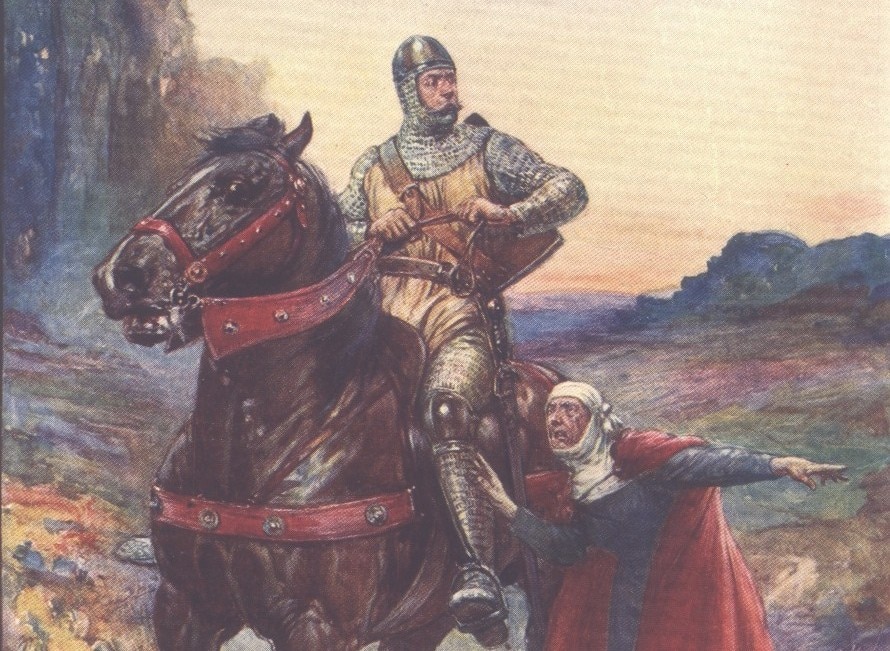
Anyone who’s seen Braveheart is familiar with William Wallace’s story. This Scottish knight rose to prominence in 1297 and fought the English army alongside Andrew Moray. His efforts to secure Scottish independence made him a national hero and arguably one of Scotland’s most famous people.
Although William Wallace was a beast on the battlefield, his real power lay in his ability to organize troops and motivate people. Thanks to his efforts, he continues to be an iconic figure in Scotland.
5) Teuta
Period: 231 to c. 228/227 BCE
Country/Culture: Ardiaean Kingdom
Why he is on the list: Skilled negotiator who led her tribe in a war against the Roman Empire
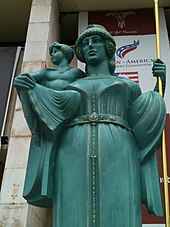
This ancient queen ruled the Ardiaei tribe during 230 BCE. The Ardiaei were once of the most powerful and influential tribes in Illyria, and Teuta’s real power and prowess lay in her ability to strategically partner with allies and conduct negotiations.
Although Teuta was highly pragmatic, she was also not afraid to flex her power when she had to. In one famous story, a Roman delegate started to yell at Teuta during a meeting. Without blinking an eye, she had him killed, marking the beginning of the First Illyrian War. Although Teuta’s forces eventually lost to Rome, her troops caused severe damage to the Roman Empire.
6) Vercingetorix
Period: 52 to 46 BCE
Country/Culture: Ardiaean Kingdom
Why he is on the list: Accomplished strategist who united Gallic tribes in a revolt against Rome
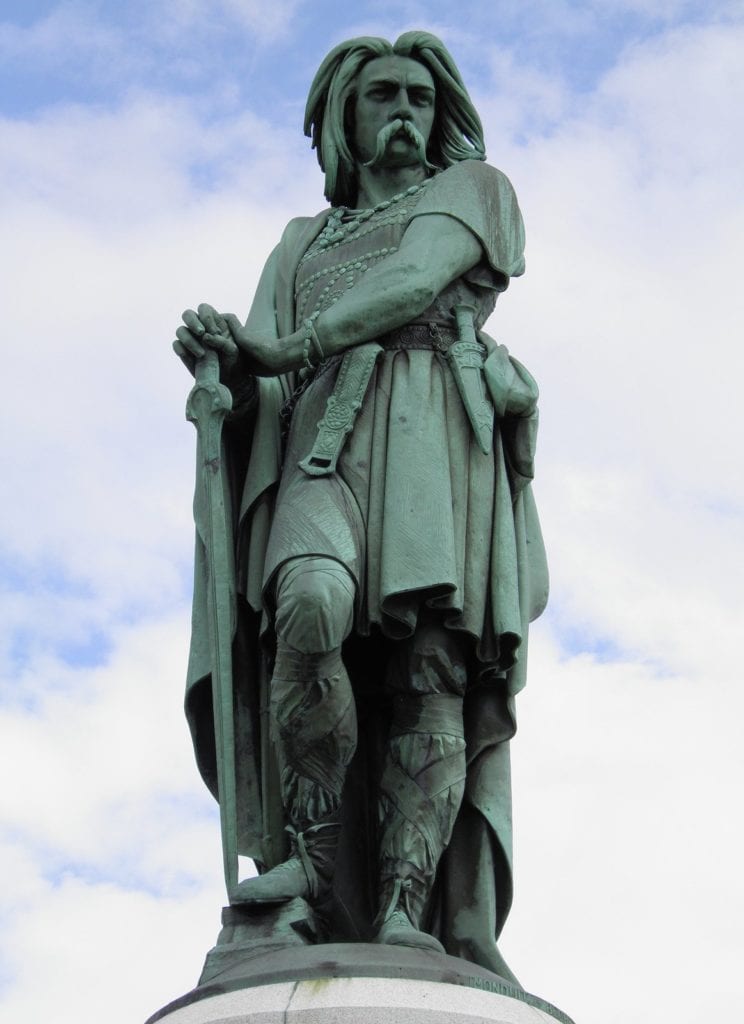
King Vercingetorix ruled the Gallic Arverni tribe and is most famous for his ability to unite tribal people. With the Roman Empire expanding, Vercingetorix united them against the common enemy of Rome and was able to hold off the vastly superior army. Today, French people remember Vercingetorix as a hero who helped preserve their culture during ancient times.
His ability to strategize and motivate may very well have helped preserve the Gallic Empire for much longer than it reasonably should have existed. With Vercingetorix at the helm, the Celts fought the Romans until their defeat at Alesia, where Vercingetorix surrendered and was executed after five years of captivity.
7) Boudicca
Period: 60 to 61 CE
Country/Culture: Iceni
Why he is on the list: Orchestrated a tribal rebellion against Rome that inflicted massive damage on the empire in Britain
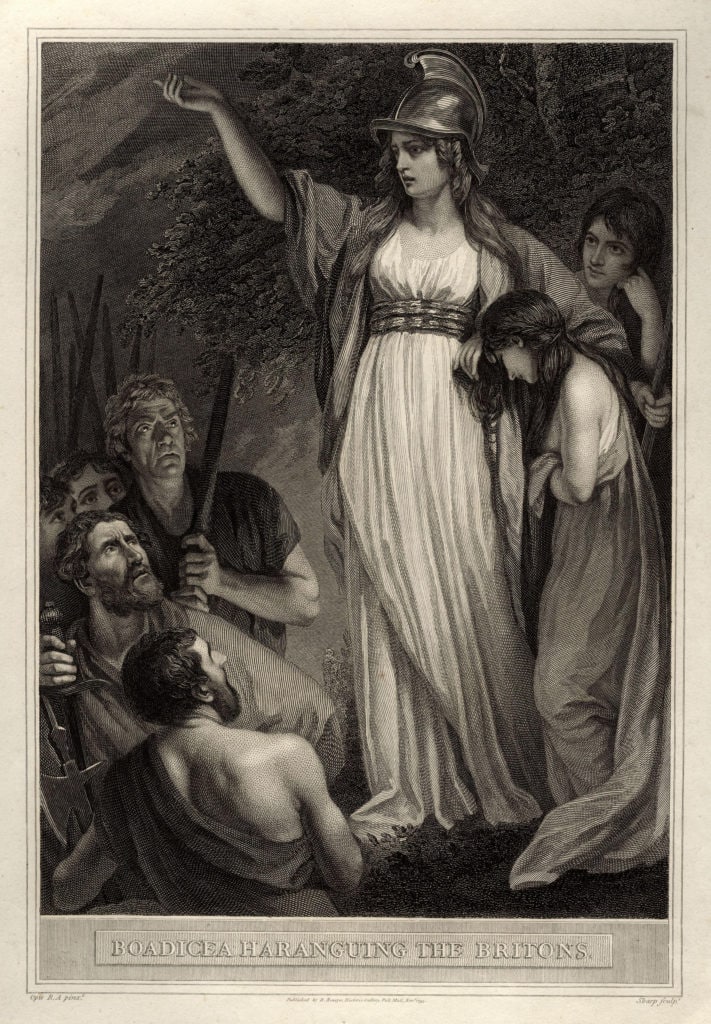
Like Vercingetorix, Boudicca went up against the Romans and nearly won. The Iceni queen ruled between 60 and 61 CE in what’s now the United Kingdom. Iceni culture was very equal in contrast to Roman society, something that the invading Romans didn’t expect.
Although Boudicca was technically a queen, she was also a warrior. When her husband Prasutagus died, the Romans did not allow Boudicca or her daughters to rule in his place. Instead, they raped her daughters and whipped Boudicca.
Incensed, Boudicca conducted a campaign of terror against the invaders that they’d never forget. Like Vercingetorix, Boudicca was masterful at uniting tribes, putting together a massive army of Trinovantes and Iceni people. Together, they sacked towns and slaughtered entire legions.
Unfortunately, her army was no match for the better-equipped and more organized Romans. Eventually, Boudicca was defeated and committed suicide, rather than accept defeat and surrender.
8) Horatius Cocles
Period: 508 BCE
Country/Culture: Roman Republic
Why he is on the list: Ferocious warrior who defended the Pons Sublicius bridge against advancing Etruscans
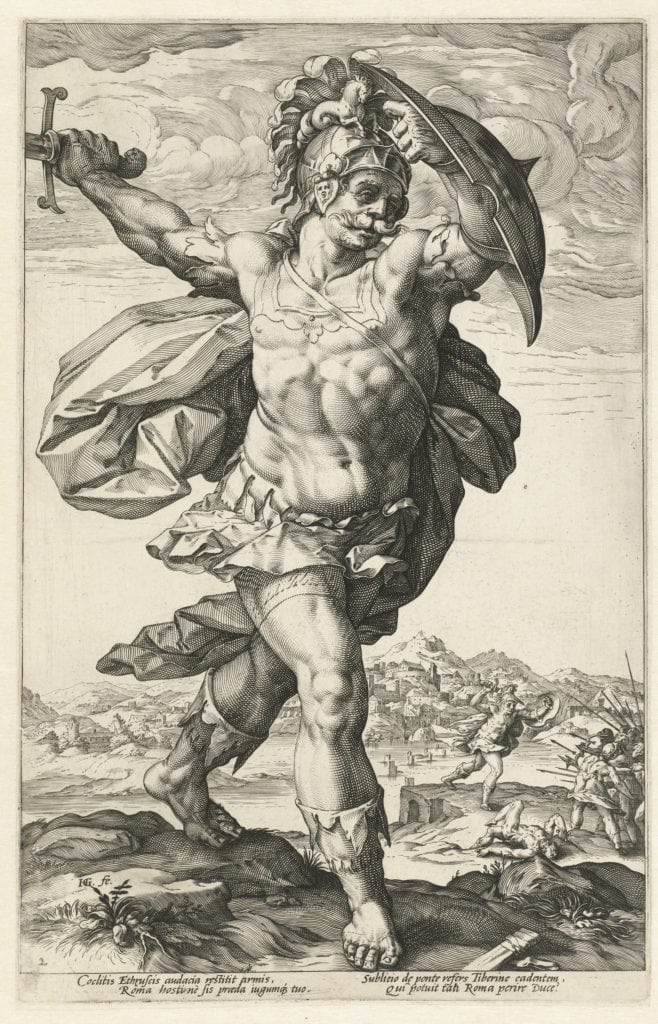
Roman officer Horatius Cocles gained infamy in Rome when he defended the Tiber from the Etruscans and was a legendary menace on the battlefield. During the late 6th Century, Horatius Cocles fought in numerous wars between the Roman Republic and the Etruscans, refusing to leave his comrades or post even in the face of serious bloodshed.
One famous story tells the tale of Horatius Cocles getting shot in the eye while on the battlefield. Unfettered, he yanked out the arrow and his own eye in the process and kept right on fighting. It’s no surprise that this Roman warrior inspired abject fear in the hearts of all of his enemies.
9) Fu Hao
Period: 13th Century BCE
Country/Culture: Shang Dynasty
Why he is on the list: Accomplished military leader and high priestess who was one of the most powerful generals of her time
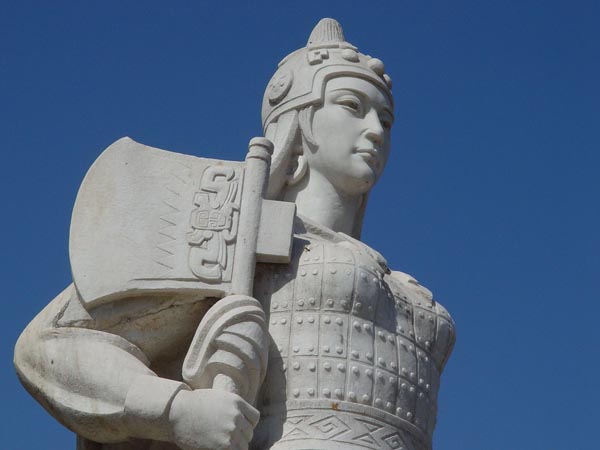
Fu Hao was one of Emperor Wu Ding’s many wives, but she was far from a shrinking violet. Instead, Fu Hao claimed the title of a military general and high priestess, establishing herself as one of the top warrior women of the ancient world.
Surviving records show that Fu Hao commanded massive armies and organized military campaigns all over China, helping the influential Shang Dynasty hold tight to their power. As many as 13,000 soldiers routinely served under Fu Hao, and her prowess and will was well known all over the ancient world.
Under Fu Hao, China’s government became the most formidable military force on the planet. After Fu Hao’s tomb was unearthed in the mid-1970s, archeologists learned precisely how prominent and influential she was.
10) Basil II
Period: 960 to 1025 CE
Country/Culture: Byzantine Empire
Why he is on the list: Brutal emperor who led numerous military campaigns to expand his empire
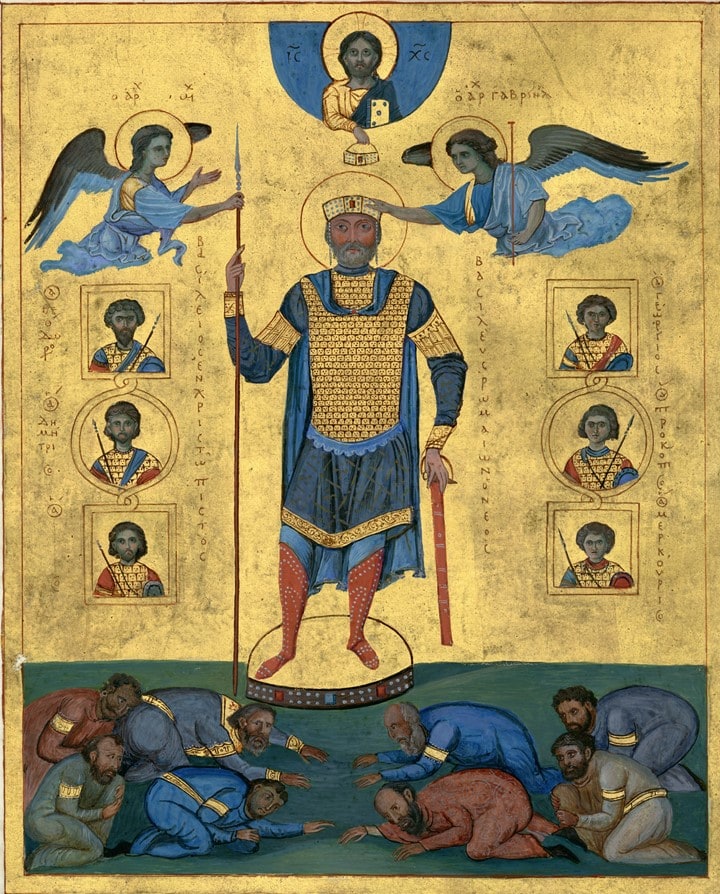
Basil II, also known as “the Bulgar Slayer,” ruled the Byzantine Empire for nearly half a century in 960. Along with his famous brother Constantine, Basil II ruthlessly held onto power and commanded one of the largest empires in the ancient world.
Basil II’s brutality was well known, and his campaigns often targeted specific groups of people. Since he saw his father murdered at a young age, Basil II had a mean streak and an intolerance for formality. Although he ruled, Basil II often avoided ceremonial clothes and wore a military uniform, even in the Byzantine Court.
Basil II’s empire was vast, reaching from the Caucasus to Southern Italy, to the Danube River and Palestine. Although he commanded massive armies, Basil II wasn’t afraid to get his hands dirty. It’s said that he fought bravely against all of his enemies and was often right in the thick of battle.
11) Tomyris
Period: 6th Century BCE
Country/Culture: Massagetae
Why he is on the list: Defeated Cyrus the Great in a decisive battle while defending her people from the Achaemenid Empire
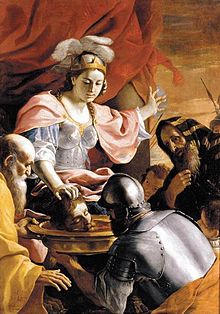
Queen Tomyris led the Massaegetae, a group of nomadic people that lived near the Caspian Sea in the 6th Century. Tomyris wasn’t afraid of conflict and took on one of the dominant forces of the day: Persian king Cyrus the Great. When Cyrus decimated their army, Tomyris’ son killed himself, and Tomyris decided to seek her revenge.
After her son Spargapises’ death, Tomyris went after Cyrus the Great again, defeating his army and even killing Cyrus in the process. Although Persia’s army was strong, Tomyris and her Massaegetae beat them in a bloody and vicious battle for the ages, cementing her place as one of the most powerful and dangerous ancient warriors of antiquity.
After Cyrus fell, Tomyris commanded her soldiers to find his body, then decapitated the corpse and dipped the head in blood as the ultimate act of desecration.
12) Attila the Hun
Period: 434 to 453 CE
Country/Culture: Hunnic Empire
Why he is on the list: Merciless leader who forged a vast empire that stretched across much of Central and Eastern Europe
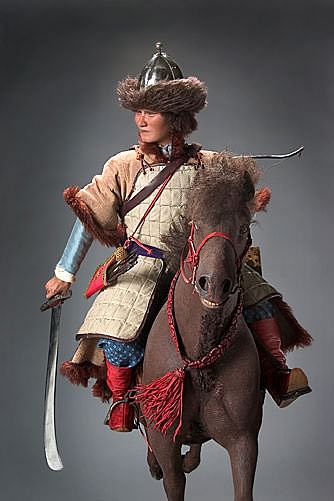
Attila the Hun ruled the Huns from 434 to 453, combining the Hun people, Ostrogoths, Alans, and Bulgars under his colossal empire. At its zenith, Attila the Hun’s empire stretched far across Eastern and Central Europe and was feared throughout the world.
One of the key differentiating factors of the Huns was their willingness to be as brutal as possible to their enemies. For example, Attila the Hun delighted in sacking Roman cities, often slaughtering and torturing their inhabitants.
Attila the Hun ruled both by the sword and the power of intimidation. In the ancient world, he was well known for his bloodlust and is often depicted as rolling his eyes in pleasure at the anguish he and his troops caused.
13) Cynane
Period: 4th Century BCE
Country/Culture: Macedon
Why he is on the list: Skilled fighter trained in the art of war who killed an Illyrian queen who launched great military campaigns
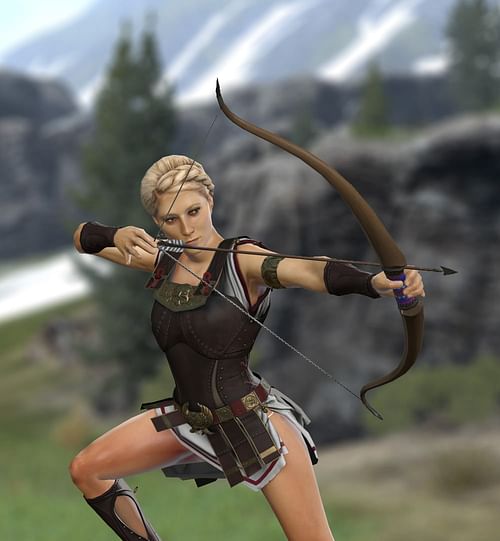
Like many of the warriors on our list, Cynane had famous relatives. She was related to Alexander the Great and was the daughter of Macedonian King Philip II. King Philip II’s wife, Princess Audata, taught her daughter the Illyrian tradition of war. From a young age, Princess Audata trained Cynane to be an exceptionally lethal fighter.
Cynane’s early education paid off on the battlefield, and soon she gained a reputation for being a skilled and lethal fighter. Cynane fought with Alexander the Great, where she killed an Illyrian queen and sabotaged her army. She also conducted massive military campaigns for the Macedonians.
After Alexander the Great died, Cynane tried to put her daughter Adea on the throne by military force. Although this move eventually failed, it ultimately proved that Cynane was not a person to mess with by any means.
14) Lu Bu
Period: 192 to 199 BCE
Country/Culture: Eastern Han
Why he is on the list: Vicious warrior who outwitted his enemies and frequently switched his allegiances
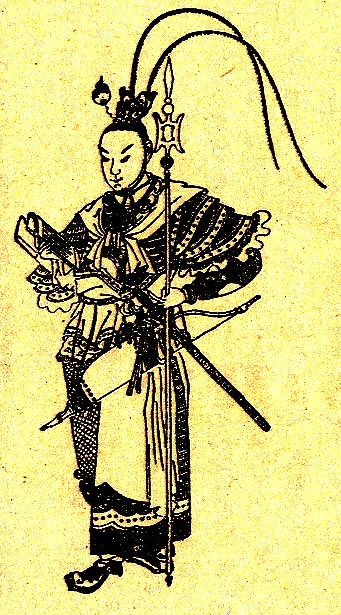
Lu Bu was a general in the Chinese army around 199, representing the Eastern Han dynasty. He learned his skills under Ding Yuan, a local warlord who Lu Bu eventually slaughtered and replaced. This primary act of betrayal and cunning would set the tone for the rest of Lu Bu’s life.
Lu Bu’s nickname, “the invincible warrior,” became evident when people saw the warrior in battle. He terrified armies based on his incredible skill and his ruthless nature. He also had plenty of different fighting tactics, from archery to hand-to-hand combat. This treasure trove of talents let Lu Bu be flexible and outwit his enemies almost every time.
Although Lu Bu wasn’t known for his loyalty, he was a very valuable merchant fighter who would often help out the highest bidder. Unlike many of the other warriors on our list, Lu Bu wasn’t motivated by power or a cause but by cold hard cash.
Types of Ancient Warriors
There were a few different types of warriors and warrior cultures that struck fear in the hearts of their enemies.
Hittites
The Hittites came from Anatolia about 3,700 years ago and dominated the eastern world. Their sprawling empire was once known as the Kingdom of Hatti, and they thrived during the Bronze Age. These warriors were experts at securing land, and at their peak, the Hittites controlled the area between Anatolia to the Aegean Sea and even parts of Syria.
Spartans
The famously brutal Spartans were renowned for their military precision and ability to mobilize troops with deadly results. They had one of the first full-time armies of the ancient world, and their entire culture focused on raising lethal warriors from childhood. Boys would be groomed according to their skill sets and trained to use a military mindset for even small tasks.
Akkadians
The Akkadians came into power around 2334 BCE and flourished in Mesopotamia. Their empire eventually included both native Akkadians and Sumerians. While the Akkadian empire eventually adopted the Akkadian language, they took plenty of military and cultural practices from the Sumerians. This fusion of cultures allowed the Akkadians to maximize their strengths and outwit a lot of competition in the ancient world.
Assyrians
The Assyrians ruled between 612 to 900 BCE and would be considered a superpower of their time. Although Assyrian land was populated initially with nomadic people, the Assyrian powers excelled in mobilizing the tribes and even creating a sophisticated military. They were formidable people who were also well known for their cruelty.
Romans
The Roman Empire was legendary, and its rule spanned much of the ancient world. At its peak, the Roman Empire ran from Syria to Spain, encompassed parts of the Caucasus mountains, North Africa, and even parts of the United Kingdom. Like the Spartans, the Romans were well known for their military prowess and ability to mobilize troops effectively.
Celtics
Although we predominantly think of Celtic people as being Irish, they actually lived in many parts of mainland Europe, Asia, and Africa. The Celts were made up of tribes but shared a common language and were notoriously fierce. Early Celtic rulers often bested armies that were much stronger than theirs by sheer force and brutality, fending off giants like the Roman Empire for decades.
Final Thoughts
The greatest ancient warriors terrorized, conquered, and shaped the ancient world. They inspired awe and respect in their people and fear in those that they conquered. Amazingly, they also haven’t been lost to the test of time. We still remember their huge accomplishments and conquests centuries later.
OTHER POSTS YOU MAY BE INTERESTED IN


